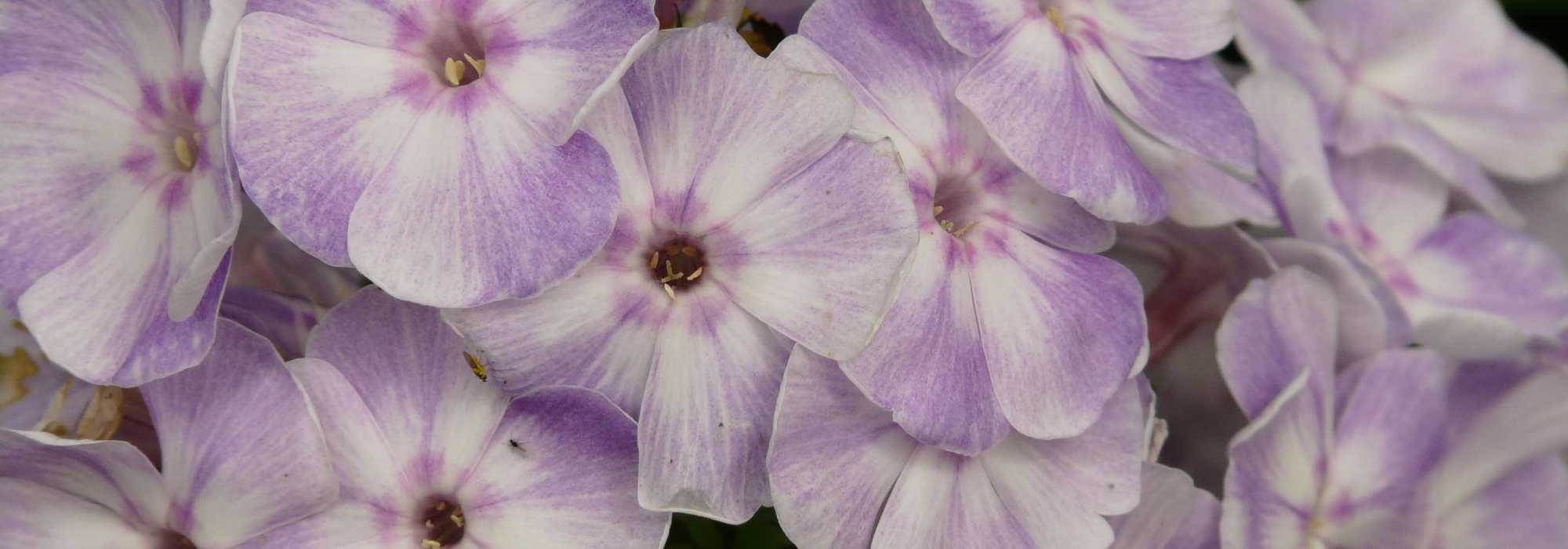
Lifespan of perennial plants
the ephemeral and the most faithful
Contents
Plants do not all have the same life expectancy, whether they are perennial plants or perennial, annuals or biennials. Even among perennial plants, some only live for three or four years at most, while others can easily last for decades and even set longevity records. An annual plant does not live for more than one year. Its life cycle, from germination to seed production, takes place over just a few months. Meanwhile, the life cycle of a biennial plant spans 2 years. To learn more about the latter, check out our advice sheet: “Biennial plants“. Discover everything you need to know about the lifespan of perennial plants!
What is a perennial plant?
Let’s take stock of what a perennial plant is:
- A perennial plant is a long-lived plant, meaning it lives for several years. It stores reserves in its root system (roots, bulb, corm, or rootstock) well protected from the winter cold. In winter, the aerial part disappears for deciduous perennials, while it remains for evergreen perennials. The following spring, growth restarts and new shoots appear from the stump. The perennial plant grows, flowers, and produces seeds (except for sterile plants) each year.
- It does not form wood. This distinguishes it from woody plants (bushes).
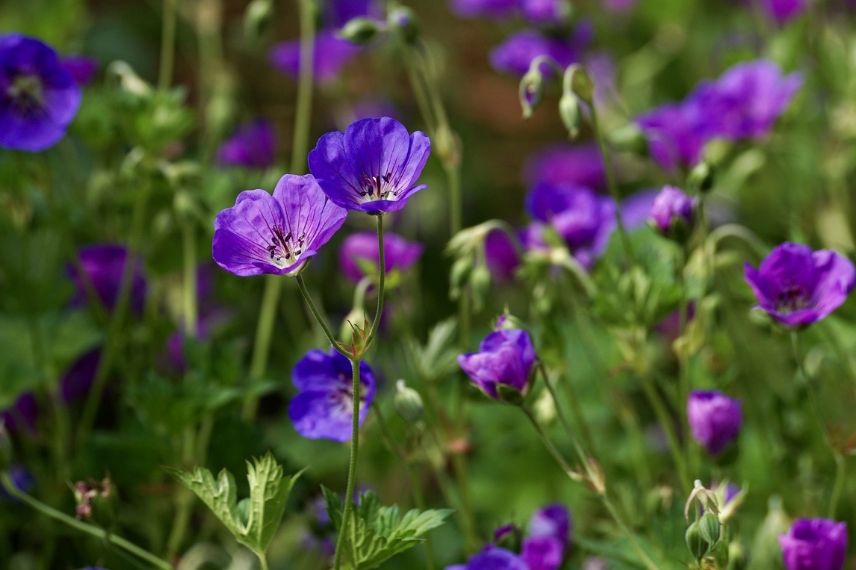
- Perennial does not mean vigorous! Perennial plants thicken more or less quickly and they actually start to look beautiful and floriferous one year after planting while annuals bloom abundantly after a few weeks of planting. Depending on the species and varieties, and according to the growing conditions (type of soil, climate, exposure, gardener’s experience, etc.), the rate of establishment will not be the same for all perennials. Take the concrete case of Dictamnus albus, which takes several years to establish but ultimately proves to be one of the perennials with the longest longevity.
- Perennial plants have specific cultural requirements even if some are very accommodating. It is crucial to take this into account to increase their lifespan. A plant suited to dry soil will quickly decline in poorly drained soil, or a shade plant will suffer in full sun.
- Not all perennial plants are hardy! Some are perennial in mild climates but are grown as annuals in cold climates because they do not withstand the rigours of winter.
- Most often, these plants are valued for their longevity and their ability to return each year, becoming more generous with minimal maintenance. They also offer a great diversity.
What to remember: a perennial plant takes longer to establish compared to an annual plant. It roots during the planting year, and it is only in the following season that it truly thickens and develops. A perennial plant in a bucket will not provide an immediate effect in a flowerbed, unlike an annual plant that will mature in a few weeks.
What is the lifespan of a perennial plant?
Perennial plants live for more than two years but they do not all have the same life expectancy. Indeed, they enter dormancy in winter (allowing them to withstand unfavourable climatic conditions) to resume their growth in the following spring. However, they can become exhausted over the years and sometimes disappear without warning. A perennial can live for a certain number of years (up to 60 years or more) without the gardener’s intervention, depending on the species and under optimal growing conditions.
Among perennial plants, we distinguish:
- short-lived perennials (3 to 5 years)
Some perennial plants have a relatively short life expectancy. Unlike biennials, they have the ability to flower for several years before disappearing. This is the case for foxgloves, linarias, gaillardias, columbines, or even hastate verbenas or Buenos Aires verbenas. With a few exceptions (for example: Digitalis ‘Glory of Roundway’ is sterile. It does not produce seeds; propagation occurs solely through division), these plants self-seed if conditions allow. However, it is possible and even advisable to collect seeds, divide, or propagate these plants to keep them in the garden.
- medium-lived perennials (5 to 20 years)
These perennial plants return each year for at least 5 years. This includes astilbes, monardas, delphiniums, lamiums, and rudbeckias.
- long-lived perennials (20 years and +)
These perennial plants have great longevity. This includes daylilies, hostas, peonies, lady’s mantle, bergenias, and elf flowers.
Check out our advice sheet: “20 durable perennials with a very long lifespan“.
Discover other Perennials
View all →Available in 1 sizes
Available in 0 sizes
Available in 1 sizes
Available in 1 sizes
Available in 1 sizes
Available in 1 sizes
Available in 1 sizes
Available in 1 sizes
Available in 1 sizes
Available in 1 sizes
List of plants and estimated lifespan
Here is a non-exhaustive list of plants, according to their average lifespan under optimal growing conditions and without intervention (division):
| A | ||
| Acanthus mollis: 20 years/+ | Achillea millefolium: 5 years | Achillea tomentosa: 6 years |
| Aconitum: 15 years | Agapanthus: 20 years/+ | Agave americana: 15 years |
| Ajuga reptans: 6 years | Alcea rosea: 3 years | Alchemilla: 20 years/+ |
| Allysum saxatile: 6 years | Amaranthus: 1 year | Amsonia: 20 to 25 years |
| Anchusa azurea: 3 years | Anemone japonica: 20 years/+ | Anemone nemorosa: 15 years |
| Angelica: 3 to 5 years | Antirrhinum majus (Snapdragon): 1 to 3 years | Aquilegia: 4 years |
| Arabis alpina: 6 years | Artemisia: 10 years | Aruncus sylvestris: 20 years/+ |
| Asarum: 10 years | Asclepias: 15 years | Asphodeline lutea: 10 years |
| Aster alpinus: 6 to 10 years | Aster novae-angliae: 10 years | Aster novi-belgii: 6 years |
| Astilbe arendsii: 10 years | Astilbe pumila: 10 years | Astilbe simplicifolia: 15 years |
| Astrantia: 10 to 15 years | Aubriète: 10 years |
| B | ||
| Baptisia australis: 10 to 15 years | Begonia: 2 to 5 years | Bellis perennis (Daisy): 2 years |
| Bergenia: 20 years/+ | Borago officinalis: 1 year | Brunnera macrophylla: 15 to 20 years |
| C | ||
| Calendula officinalis (Marigold): 1 year | Campanula glomerata: 10 years | Campanula lactiflora: 20 years |
| Centaurea daelbata: 10 years | Centaurea macrocephala: 10 years | Centaurea montana: 10 to 15 years |
| Centranthus ruber: 3 years | Cerastium: 10 years | Ceratostigma: 20 years/+ |
| Chrysanthemum: 4 to 6 years | Cimifuga racemosa: 15 years | Cistus: 10 years |
| Cleome: 1 year | Convallaria majalis: 10 years | Coreopsis grandiflora: 5 years |
| Coreopsis verticillata: 10 years | Corydalis lutea: 3 years | Cosmos: 1 year |
| Crocosmia: 15 years | Crocus safran: 4 years | Cyclamen hederifolium: 20 years |
| Cyclamen persicum: 4 years | Cynara: 4 years |
| D | ||
| Delphinium: 5 years | Dianthus plumarius: 4 years | Dicentra: 10 to 15 years |
| Dictamnus albus: 20 years | Digitalis purpurea: 2 years | Digitalis ‘Glory of Roundway’: 4 years |
| Doronicum caucasicum: 4 years |
| E | ||
| Echinacea purpurea: 10 years | Echinops ritro: 10 years | Epimedium: 20 years/+ |
| Eranthis hyemalis: 9 years | Eremurus: 15 years | Erigeron: 10 years |
| Eryngium: 6 years | Erysinum: 3 to 5 years | Eschscholzia californica: 1 year |
| Eupatorium purpureum: 20 years | Euphorbia: 4 years |
| F | ||
| Filipendula ulmaria: 10 years | Filipendula vulgaris: 10 years | Fritillaria imperialis: 10 years |
| Fuchsia: 20 years |
| G | ||
| Gaillardia: 4 years | Galanthus nivalis: 5 years | Gaura: 3 to 4 years |
| Gazania splendens: 1 year | Geranium: 10 to 15 years | Geum: 5 years |
| Gillenia trifoliata: 20 years | Gypsophila paniculata: 5 years |
| H | ||
| Helenium: 6 years | Helianthus: 20 years | Heliopsis scabra: 10 years |
| Helleborus: 20 years/+ | Hemerocallis: 20 years/+ | Hesperis matronalis: 2 to 3 years |
| Heuchera: 10 years | Hosta: 20 years/+ | Hyacinthus: 4 years |
| I | ||
| Iberis: 10 years | Impatiens: 1 to 5 years | Inula magnifica: 20 to 25 years |
| Iris germanica: 10 to 15 years | Iris sibirica: 20 years/+ |
| K | ||
| Kniphofia: 15 years |
| L | ||
| Lamium galeobdolon: 10 years | Lavandula: 5 years | Lavatera trimestris: 1 year |
| Leucanthemum superbum: 6 years | Liatris: 20 years | Ligularia: 20 years/+ |
| Linum grandiflorum: 1 year | Linum perenne: 4 years | Lobelia: 1 year |
| Lunaria annua: 2 years | Lunaria rediviva: 6 years | Lupinus: 3 to 5 years |
| Lychnis chalcedonica: 3 years | Lychnis coronaria: 3 to 5 years | Lythrum: 10 years |
| M | ||
| Macleya cordata: 10 years | Malva: 3 years | Matthiola incana: 1 year |
| Miscanthus sinensis: 20 years/+ | Monarda: 10 to 15 years | Myosotis: 2 years |
| N | ||
| Nymphea: 10 to 15 years | Narcissus: 20 years/+ | Nepeta faassenii: 6 years |
| Nepeta mussinii: 6 years | Nicotiana: 1 year | Nigella damascena: 1 year |
| O | ||
| Oenothera: 3 years |
| P | ||
| Pachysandra terminalis: 10 years | Paeonia lactiflora: 20 years/+ | Paeonia suffruticosa: 50 years/+ |
| Papaver rhoeas: 1 year | Papaver nudicaule: 2 years | Papaver orientale: 20 years/+ |
| Papaver somniferum: 1 year | Penstemon: 4 to 6 years | Persicaria: 20 years/+ |
| Persicaria affine: 10 years | Petunia: 1 year | Phlox divaricata: 3 years |
| Phlox drummondii: 1 year | Phlox paniculata: 20 years | Phlox subulata: 20 years |
| Platycodon grandiflorum: 10 to 15 years | Primula eliator: 6 years | Primula polyantha: 6 years |
| Primula vulgaris: 6 years | Polemonium: 10 years | Polygonatum: 20 years/+ |
| Pulmonaria: 15 years |
| R | ||
| Rodgersia: 10 to 15 years | Rudbeckia fulgida: 10 to 15 years | Rudbeckia laciniata: 10 years |
| Rudbeckia nitida: 10 years | Rudbeckia triloba: 3 years |
| S | ||
| Salvia argentea: 2 years | Salvia farinacea: 1 year | Salvia horminum: 1 year |
| Salvia nemorosa: 10 years | Salvia sclarea: 2 years | Salvia splendens: 1 year |
| Saxifraga: 20 years | Scabiosa caucasica: 5 years | Sedum: 15 years |
| Sisyrinchium: 3 years | Solidago: 10 to 15 years | Symphytum: 10 to 15 years |
| T | ||
| Tagetes: 1 year | Tanacetum parthenium: 4 years | Tradescantia andersoniana: 10 years |
| Trillium: 15 years | Trollius: 5 to 10 years |
| V | ||
| Verbascum: 2 to 3 years | Verbena: 3 years | Vernonia: 15 years |
| Veronica incana: 6 years | Veronica prostata: 6 years | Veronia spicata: 10 years |
| Veronicastrum: 20 years/+ | Vinca: 20 years/+ | Viola cornuta: 3 years |
| Viola odorata: 10 years |
| Z | ||
| Zinnia: 1 year |
- Subscribe!
- Contents































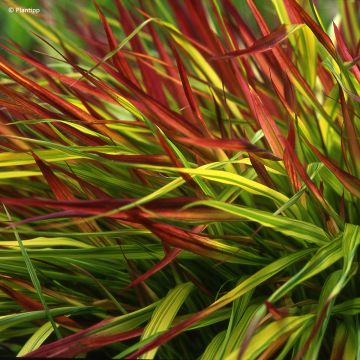

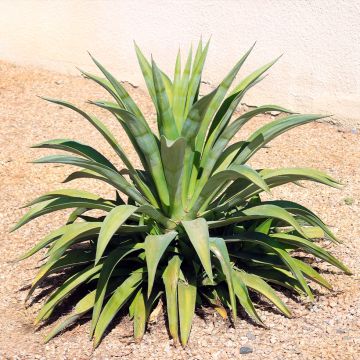
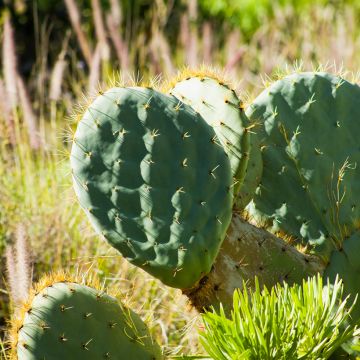

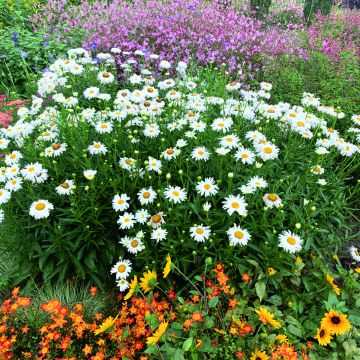
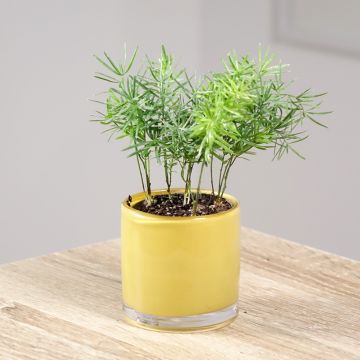
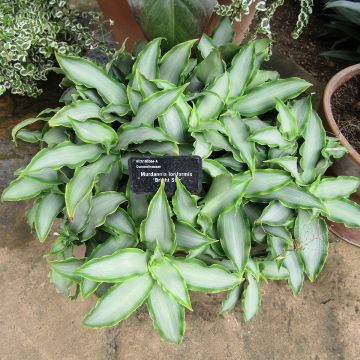
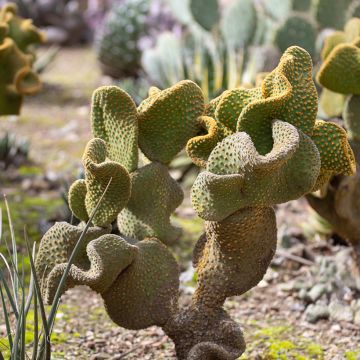
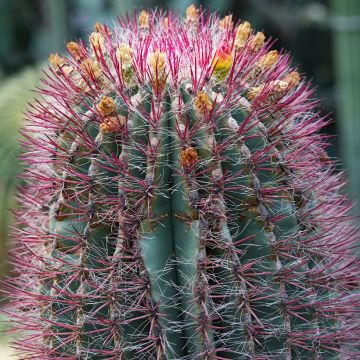
Comments